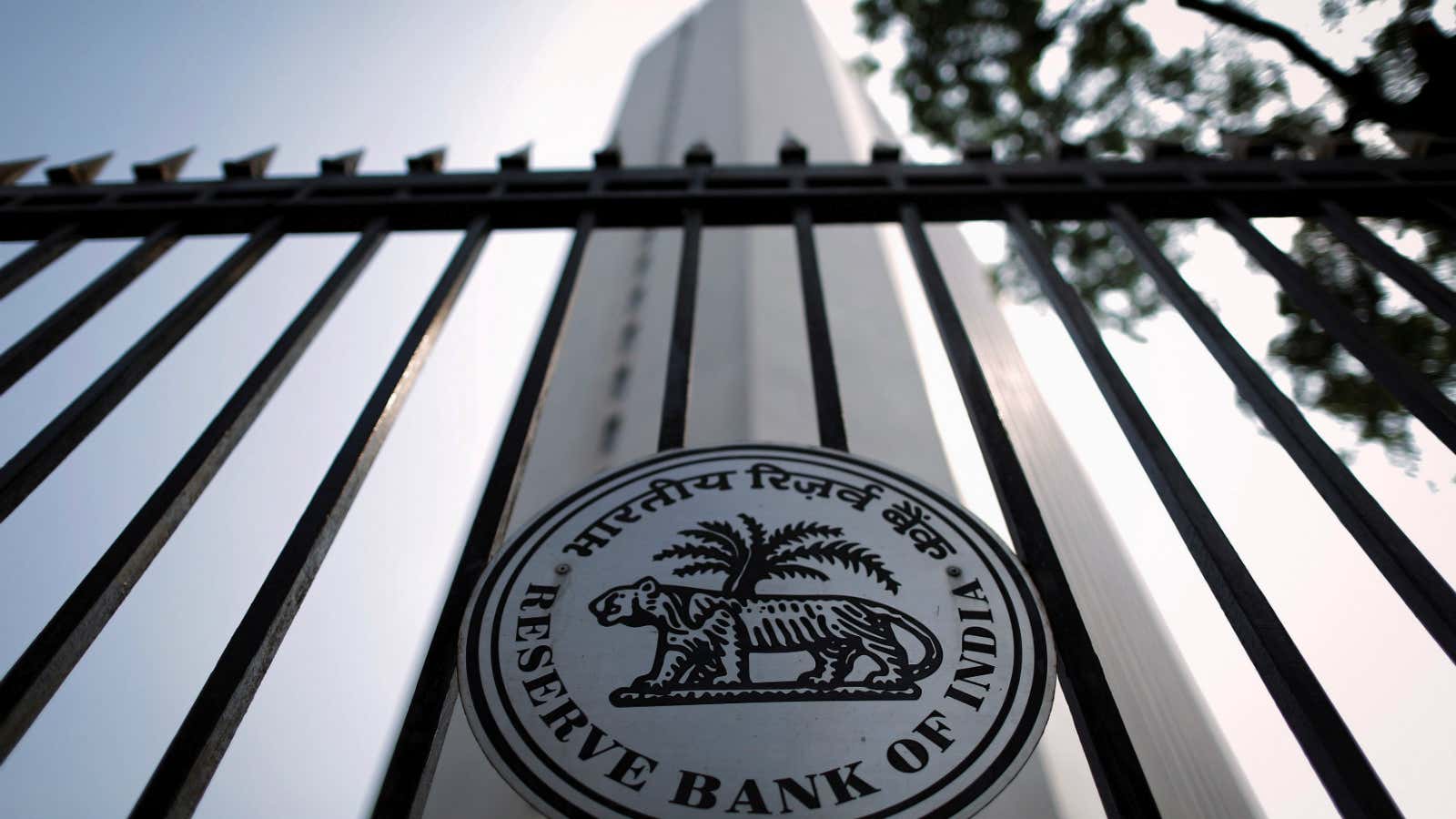In recent times, on issues ranging from bad loans to interest rates, India’s central bank and its government have not met eyes. But Shaktikanta Das, the newly appointed Reserve Bank of India (RBI) governor, might just change all that.
Das, after all, is a retired bureaucrat, at ease with finance ministers of varying political hues. He served as the economic affairs secretary under finance minister Arun Jaitley from 2015 to 2017 and has also had a good working relationship with former finance minister P Chidambaram.
Besides being the first bureaucrat to head the institution since D Subbarao five years ago, Das also has the distinction of being a historian by training, a rarity among central bankers.
The last RBI governor who was neither an economist nor studied the subject at any level was S Venkitaramanan, who held charge for two years from December 1990. Like Das, he was a member of the Indian Administrative Service. All the RBI governors since then—C Rangarajan, Bimal Jalan, YV Reddy, D Subbarao, Raghuram Rajan, and Urjit Patel—have been seasoned economists or graduates in the subject.
On Dec. 11, Das was picked by prime minister Narendra Modi’s government to replace Patel, who announced his resignation a day earlier, leaving India stunned.
While Patel cited personal reasons for his departure, his rift with the government was quite evident. The simmering tensions between the RBI and the government erupted in public after deputy governor Viral Acharya warned of the “potentially catastrophic” consequences of government interference in the RBI’s affairs.
Das’s appointment is now expected to calm India’s markets, experts believe. Even the bond and rupee markets are expected to react positively to Das’s appointment.
The new Indian central banker’s training in history notwithstanding, his three-decade-long career has had him working closely with the Indian finance ministry’s economics and finance departments. In fact, as the economic affairs secretary, he was the government’s point-man at the time of the November 2016 demonetisation.
